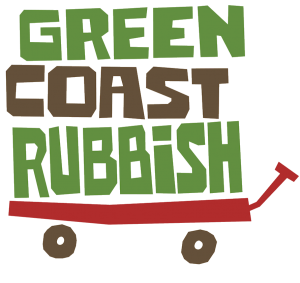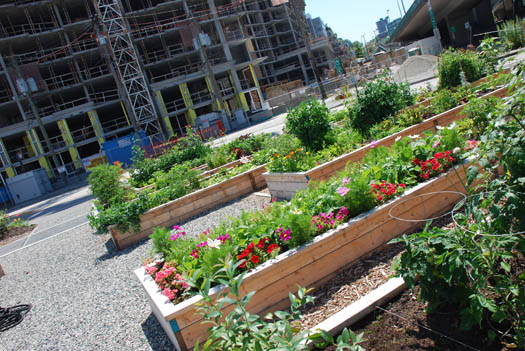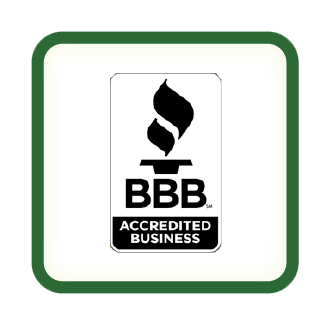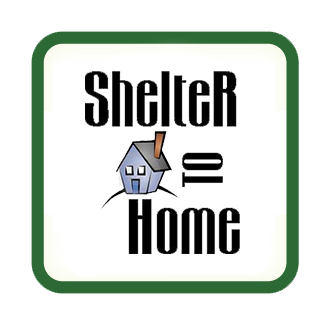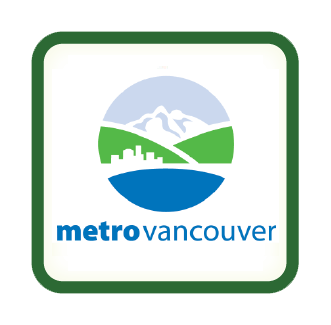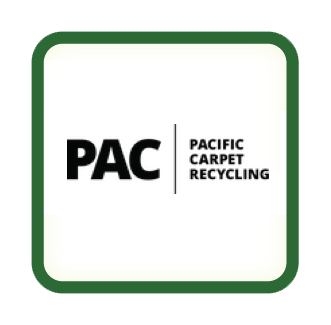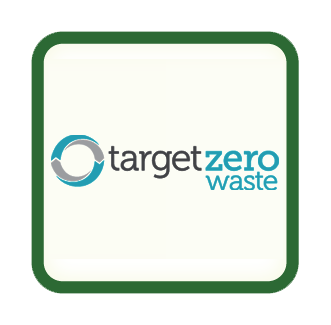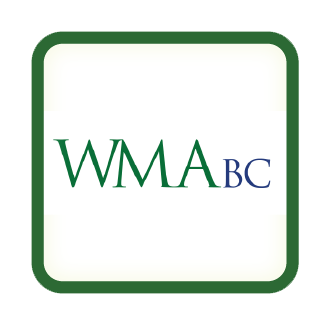Constructing Greener Buildings – LEED
In the grand scheme of things, Vancouver is a comparatively new city—particularly when it comes to architecture. But what we lack in history, we make up in stride in the design and development of Green Building technologies.
Building projects contribute to a huge amount of waste and pollution in Canada, and generate a large percentage of total greenhouse gas emissions in North America. The accumulation of construction and demolition of buildings can add up to nearly 35% of total landfill waste. They also consume a significant amount of our water and energy resources. But good news! It doesn’t need to be this way. By designing buildings in more sustainable ways, these numbers can be greatly reduced across the board. That’s why the LEED rating system was introduced.

Leadership in Energy and Environmental Design (LEED) is a reputable and internationally recognized ‘green’ rating system for both new and existing building development projects. Here is the breakdown of the different levels of certification, which are ranked based on 110 points, over 7 areas of criteria:
- Water Efficiency: Reduce water consumption, treat or minimize wastewater, eliminate site irrigation.
- Energy Efficiency: Use renewable energy resources, reduce energy consumption, eliminate ozone-depleting chemicals.
- Regional Priority: Keeping in mind geographical factors, designing architecture & targeting environmental issues based on that region.
- Innovation in Design: Vastly exceed the environmental requirements and incorporate innovative features and technologies not covered in other areas.
- Material Selection: Re-use existing building facades, utilize locally salvaged or recycled construction materials, minimize waste during construction, use of renewable materials.
- Site Development: Increase urban density, maximize green space, minimize storm water run-off, access and encouragement of transportation modes such a bicycling, easy access to transit, car-pooling.
- Indoor Environmental Quality: Providing operational windows, improving ventilation systems, incorporating natural lighting sources.
Ratings:
40-49 points = Certified
50-59 points = Silver
60-79 points = Gold
80+ points = Platinum
By using these guidelines, architects can effectively design smarter, greener buildings. By establishing an international and industry recognized standard, it can also help convey information to interested individuals and clients. The Canadian Green Building Council (CaGBC) has adapted the system initially developed by the US Green Building Council (USGBC), to address environmental concerns and issues specifically within the Canadian market.

A good example of a LEED Platinum Certified building project in Vancouver is the Olympic Village — which incorporates technology such as solar energy, rainwater irrigation and conservation systems, and green rooftops.

By changing the way buildings are constructed and utilizing the latest advancements in technology, we can conserve our precious energy and environmental resources — while making our neighborhoods more livable, walkable, and sustainable.
